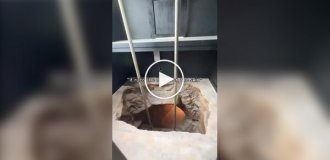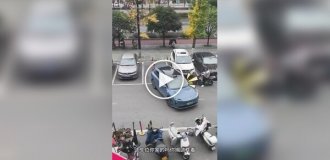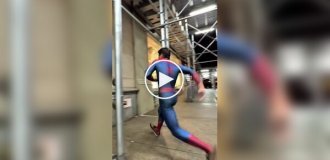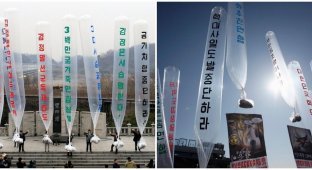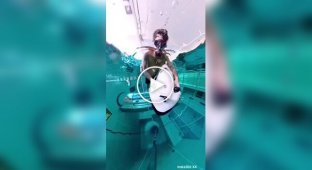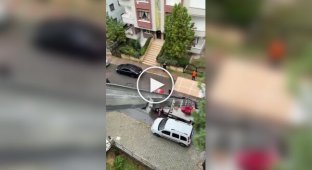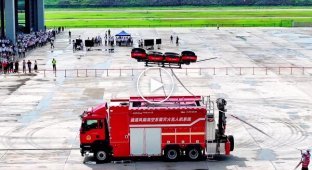The first use of airmail, which happened during the siege of Paris (7 photos)
When Prussian troops laid siege to Paris during the Franco-Prussian War in 1870, the besieged Parisians had only one hope for delivering messages: balloons. 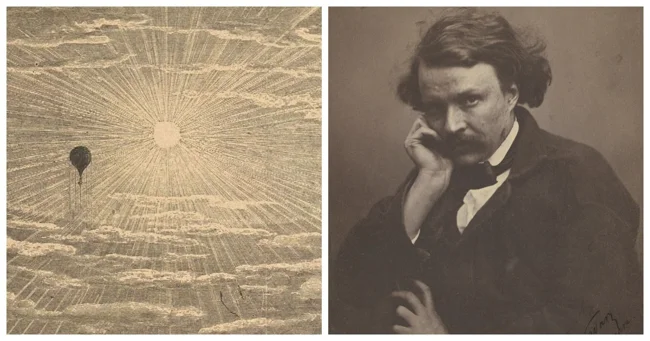
The first use of balloons in military conflict was in 1794 during the French Revolutionary Wars. The Committee of Public Safety created the French Aerostatic Corps, which could be called the first air force. 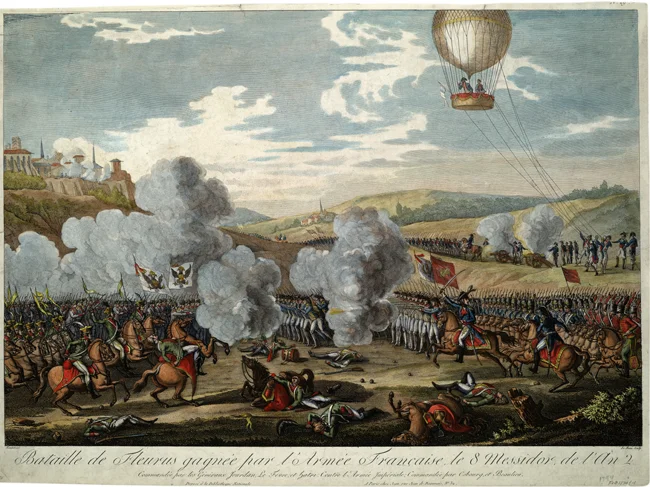
Battle of Fleurus
Soldiers were carried aloft in tethered balloons to observe enemy positions. These balloons were occasionally used for reconnaissance and were used at the Battles of Charleroi and Fleurus. Seventy years later, during the American Civil War, balloons were again used for similar military purposes. The Union Army had several balloons that they used to scout enemy positions or send information via signal flags. 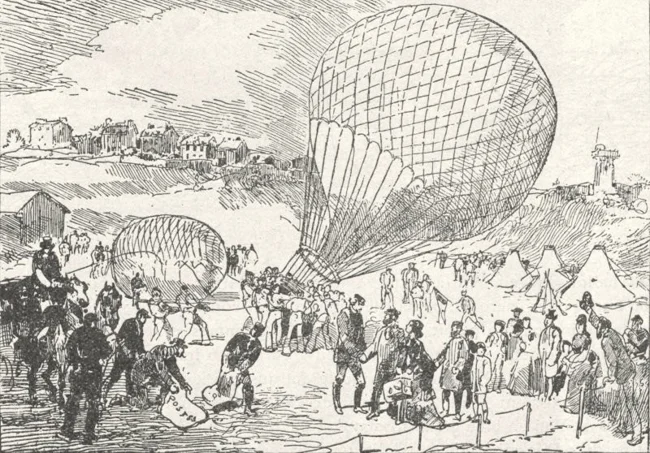
The first person to take aerial photographs was photographer and balloonist Felix Nadar, who had already created one balloon called "Neptune" to carry mail while tethered. However, the encirclement of the city by Prussian troops made this pointless, and on September 17, two days before the Prussians surrounded the French capital, Nadar approached the Paris Defense Council with a proposal to use balloons to communicate with the outside world. 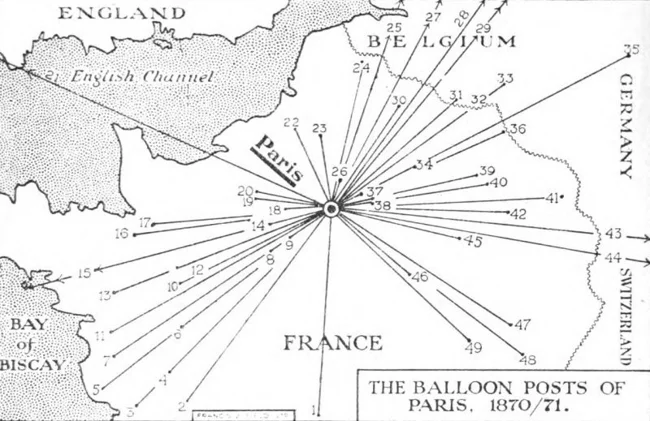
Balloons in Paris, 1870-71
The proposal was quickly approved, and less than a week later the first postman in a balloon took to the skies, carrying 125 kg of mail. After a three-hour flight, he landed in Craconville, 83 kilometers from Paris. 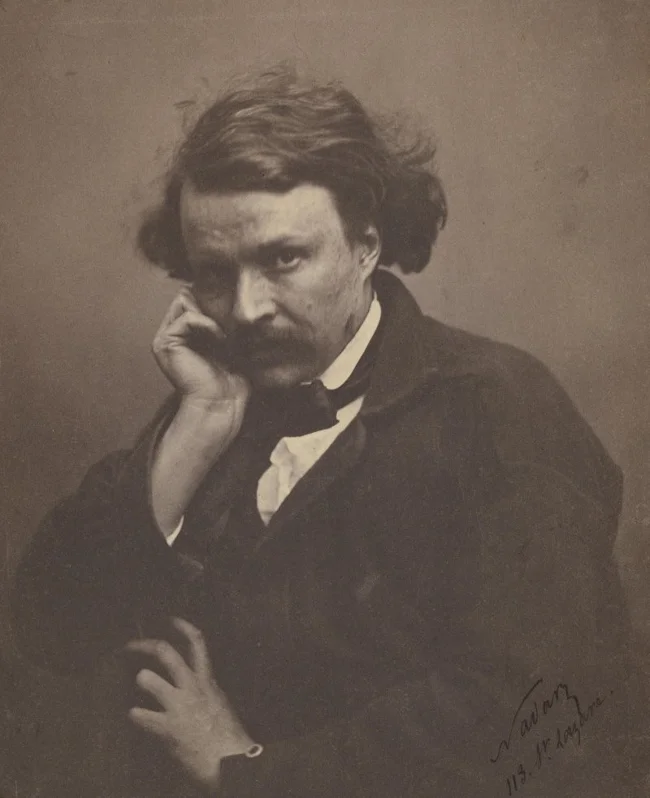
Felix Nadar - French photographer, caricaturist, novelist, journalist and balloonist
After this success, a regular postal service was created. Two balloon factories were opened: one under Nadar in the ballroom of the Elysee Palace in Montmartre (later moved to the Gare du Nord), and the other under the famous aeronaut Eugène Godard in the Gare d'Orléans. Silk was in short supply, so cheap cotton calico was used, varnished by women sitting at long tables working on the coarse unbleached fabric, while sailors made ropes, nets, and baskets for hauling. Each balloon took 12 days to make. 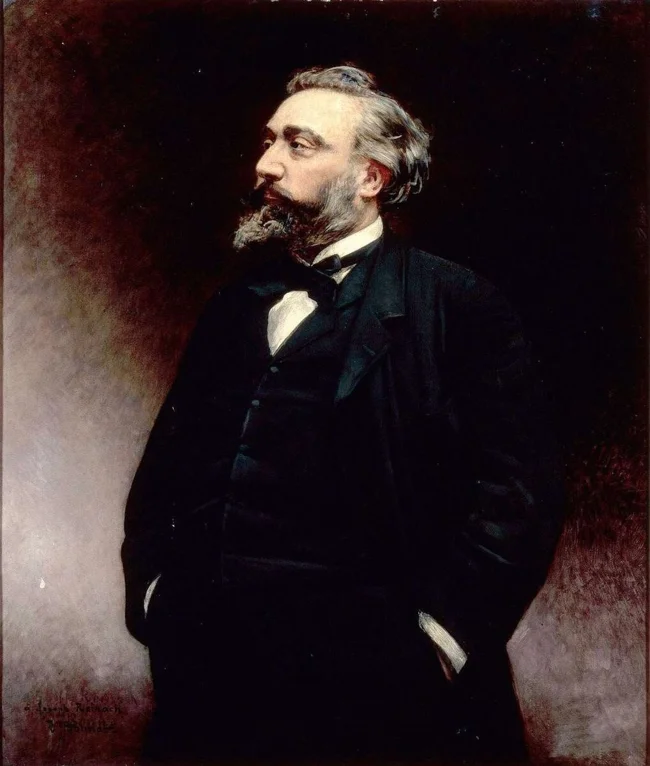
Leon Michel Gambetta was a French statesman and politician, one of the founders of the Third Republic
A total of 66 balloons were launched, carrying approximately 2.5 million letters, as well as 102 passengers, among whom Leon Gambetta, the Minister of War, stood out. The balloons also carried pigeons that returned mail from the outside world. This was the only means by which messages from the rest of France could reach the besieged city. The homing pigeons were less successful - only one in six returned. However, each pigeon carried several messages on microfilm. So although only 57 of the 360 pigeons returned to Paris, more than 60,000 of the 95,000 messages sent were delivered. 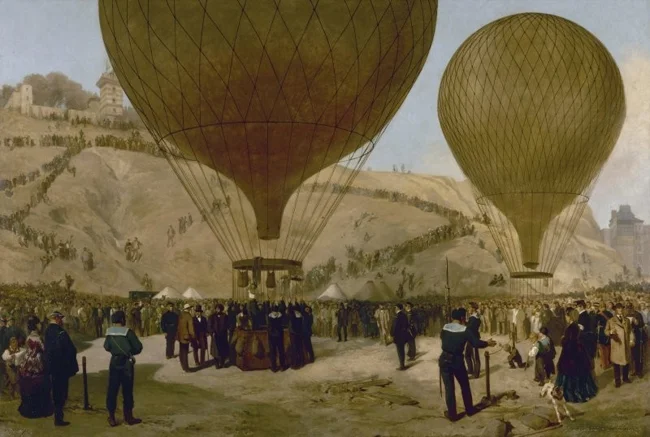
Even then, the pigeons had a better chance of returning home than the dozens of aeronauts sent with each balloon. Five of them were captured by the Prussians when they landed. Three were lost at sea. One drifted to Norway. Several tried to catch a favorable wind and fly back. None succeeded.
A large number of letters delivered by balloon during the siege of Paris are preserved in the Smithsonian Institution's National Postal Museum in Washington.
